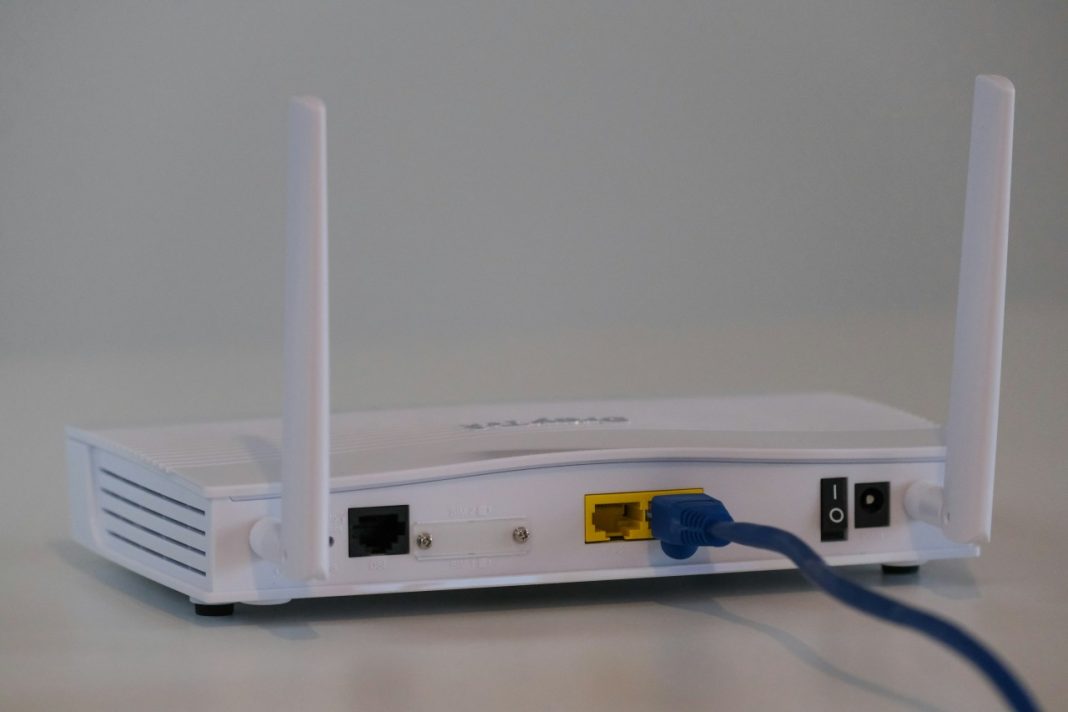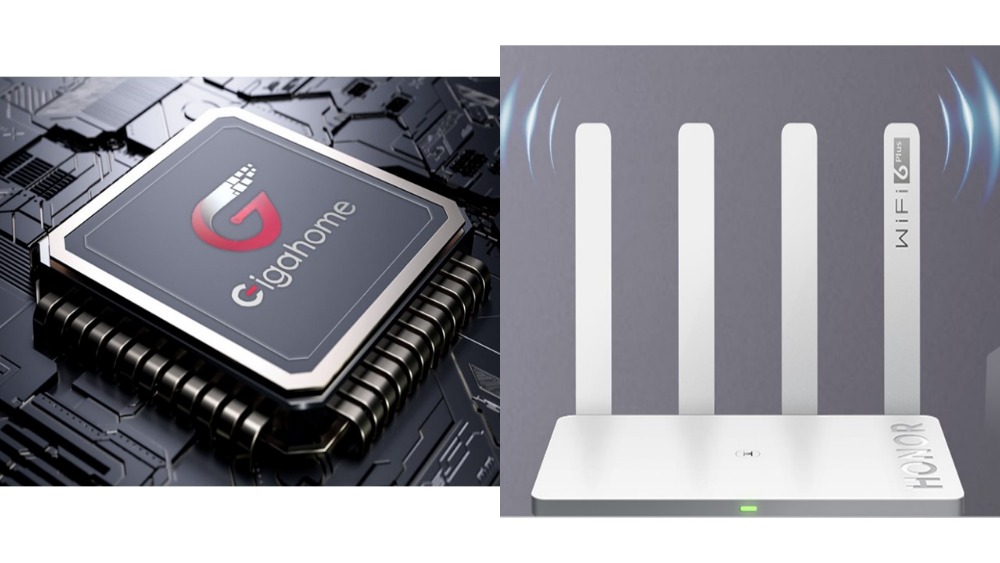As a tech enthusiast, I’m always on the lookout for ways to improve my home network. With the advent of WiFi 6, I found myself questioning whether it was worth upgrading from WiFi 5. After diving into the details and making the switch myself, I can confidently share my experiences and insights on this topic.
My Experience with WiFi 5
For years, WiFi 5 served me well. It provided decent speed and coverage for my daily needs, including streaming, gaming, and smart home devices. However, as I added more devices and started working from home, I began to notice some limitations. The connection would occasionally drop, and the speed wasn’t always consistent, especially during peak hours.
The Promise of WiFi 6
WiFi 6, also known as 802.11ax, promises several improvements over WiFi 5:
- Increased Speed: WiFi 6 offers up to 40% faster speeds.
- Better Performance in Crowded Areas: It handles multiple devices more efficiently.
- Improved Battery Life: Target Wake Time (TWT) helps extend the battery life of connected devices.
- Enhanced Security: WiFi 6 supports WPA3 for better encryption.
Intrigued by these benefits, I decided to upgrade my router and a few key devices to WiFi 6.
The Upgrade Process
Upgrading to WiFi 6 was straightforward. I purchased a WiFi 6 router, which came with clear setup instructions. Once everything was configured, I immediately noticed a difference. My home network felt more responsive, and the speeds were consistently higher.
Comparing WiFi 6 and WiFi 5
- Speed and Efficiency: WiFi 6’s higher speeds were evident, especially when multiple devices were connected. Streaming 4K content and online gaming became smoother, with less buffering and lag.
- Device Management: With WiFi 5, adding more smart home devices sometimes slowed down the network. WiFi 6 handled these additional devices with ease, maintaining strong performance across the board.
- Range and Coverage: While both WiFi 5 and WiFi 6 offered good coverage, WiFi 6’s ability to manage connections better in crowded environments gave it an edge, particularly in multi-story homes.
Practical Tips for Fixing WiFi Signal
During my upgrade journey, I also revisited some essential tips to fix WiFi signal issues. For instance, ensuring my router was placed in a central, elevated position helped enhance the signal strength. Additionally, I updated the firmware regularly and used WiFi analyzers to select the best channels, minimizing interference from neighboring networks.
Conclusion
So, is it worth upgrading to WiFi 6? Based on my experience, the answer is a resounding yes, especially if you have multiple devices and rely heavily on your network for work and entertainment. The improvements in speed, efficiency, and overall performance make it a worthwhile investment. However, if your current WiFi 5 setup meets your needs without any issues, you might not see a drastic difference. Ultimately, the decision depends on your specific use case and network demands.












